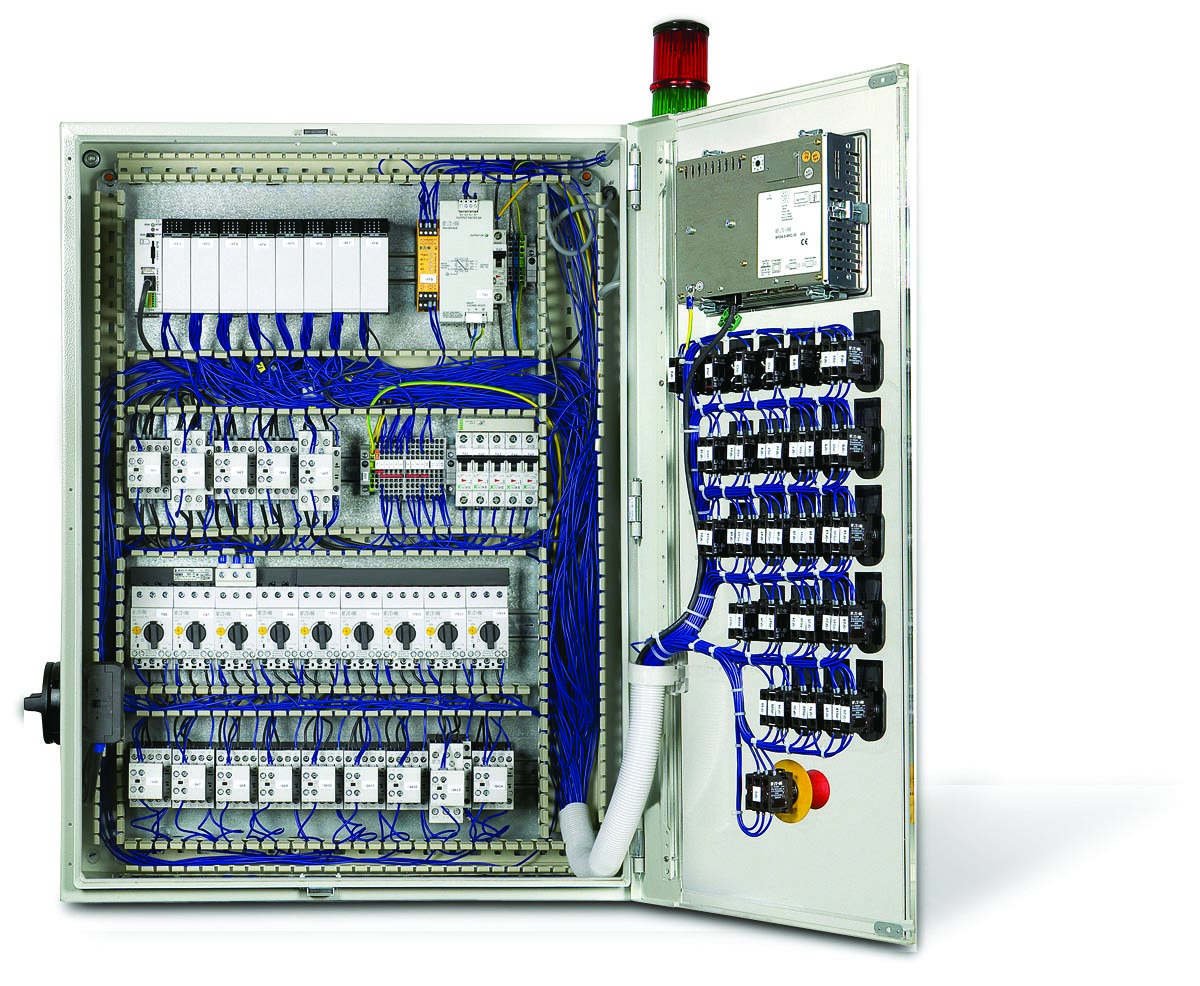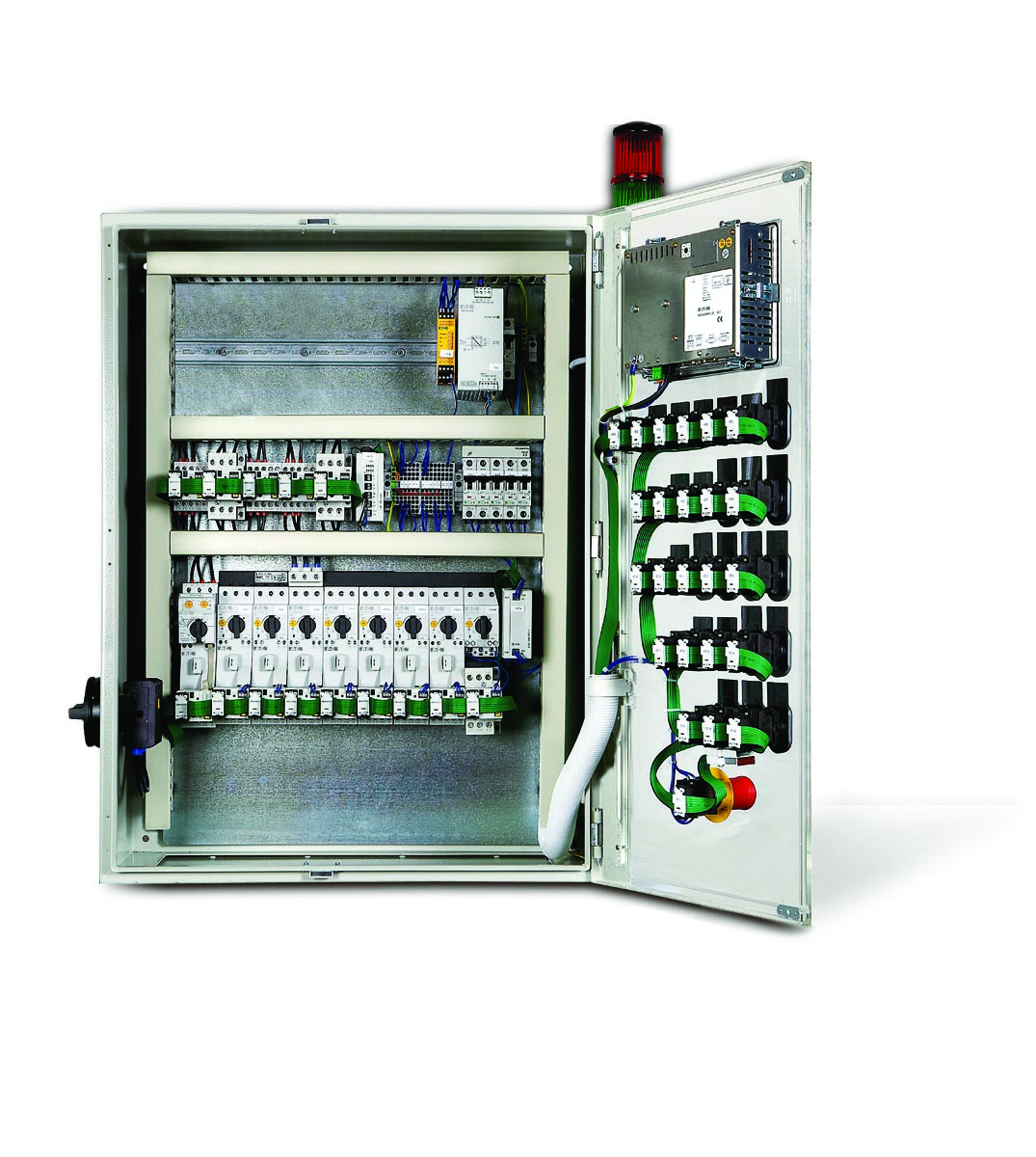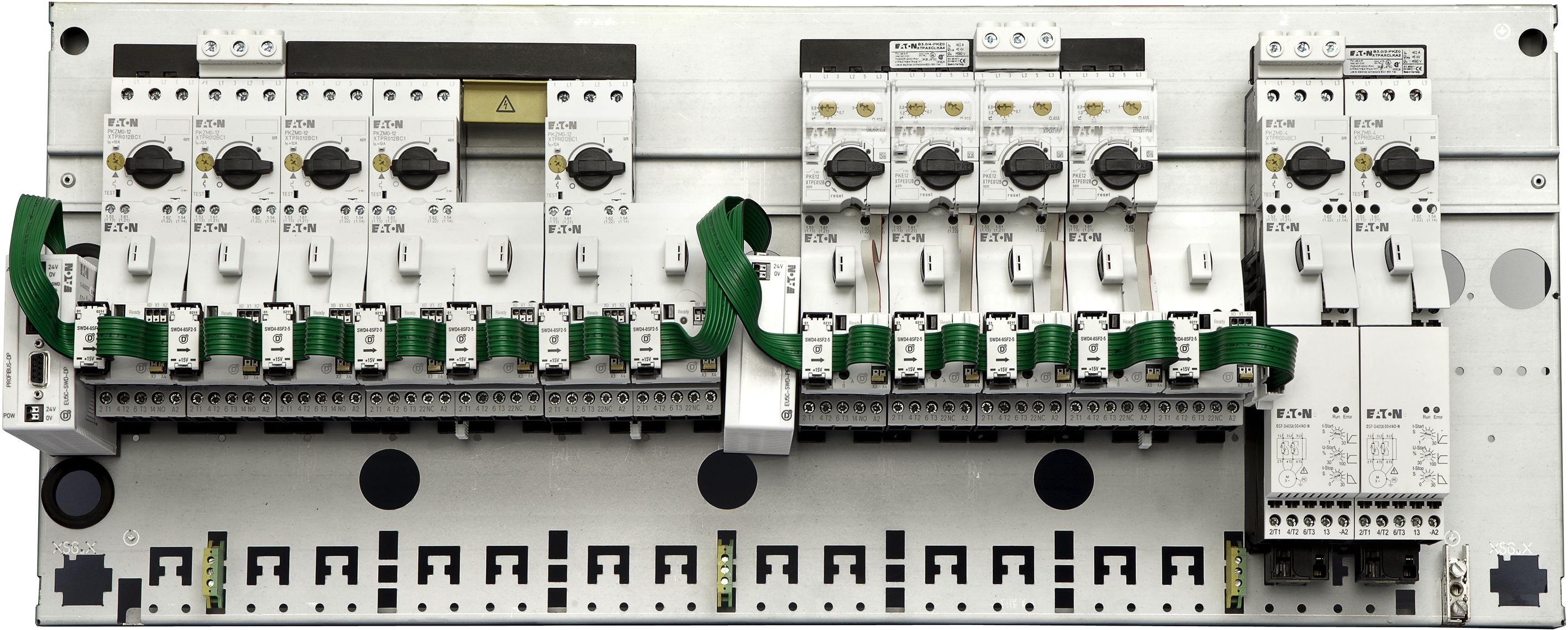From machine component to information manager
In the discussion about the intelligent factories, many small and medium-sized machine and plant manufacturers are unsure how to best approach Industry 4.0, says Christian Zingg, director of Innovation & Global Machine Building, at Eaton
In many cases, the greatest focus is placed on topics such as integration with enterprise resource planning (ERP) systems, big data, the cloud and safety. An initial basic step, however, is to make the machines IoT-ready using intelligent components. Laying this foundation opens up new opportunities to create added-value using process-specific information and develop new services for end users.
In the past, the function of a component was the basis for its use in a given application. For motor starters, this meant guaranteeing both a reliable and safe method of switching on and off and protection for the motor. From this perspective, the component is considered in isolation, based on its function and it becomes more and more easily replaceable due to comprehensive standardisation.
As trends point towards more networking and data depth, future components will have to come with full communication capability and their own increased intelligence. To some extent, Industry 4.0 already describes the ability of components to provide feedback. This is certainly not a comprehensive description, but a first and necessary step in this direction.
Component choice
As part of this, it is becoming increasingly important for machine and plant manufacturers to consider the choice of components. Instead, they need to make use of devices and solutions to make equipment IoT-ready and therefore future-proof. As a component manufacturer, Eaton believes that analysing the application itself is crucial to further product development. This is because the machine manufacturer is interested in the function and the condition of the motor rather than the switching device.
Motor maintenance traditionally requires additional elements such as instrument transformers and sensors, but these involve added costs, complexity, space and effort. Today, Eaton is using its manual motor starters to move towards making switching devices intelligent enough to identify deviations in power consumption before sharing this information with other intelligent components. From this information, depending on the nature and extent of the deviation, steps are taken autonomously to maintain operation and/or notify the need for maintenance.
This trend will spread and there will be an increase in device functionality using integrated processing power and algorithms. The functionality will also be available tailored to customer applications. In this context, partnerships with application specialists and detailed knowledge of user processes and requirements play an increasingly important role.
Future capabilities
In the future, communication-capable, intelligent devices will be used to create an integrated system at the lowest level of the automation pyramid. At this level, these devices will collect and analyse data and have a built-in ability to respond autonomously to existing problems. In addition, they will make any information required at any level available upon request. The ability to communicate with and interrogate real data at this low level will open up new business models for machinery and plant manufacturers. It is therefore conceivable, for example, which an end user may want to use their smartphone or cloud model to query the power consumption of their machine over the past 24 hours. The machine manufacturer can then charge for such a service as an optional extra.
One means of realising greater integration at the lowest level of the automation pyramid is through the improvement of control panel connectivity. This can be achieved through the use of an intelligent wiring and communication system that sits under the fieldbus, and which is developed specifically with in-panel applications in mind and is also capable of connecting to devices outside of the cabinet. Consider a control panel wiring method that could connect standard motor-control components, eliminate most hardwiring, accelerate the engineering, assembly, testing, and commissioning processes and reduce control-cabinet space requirements, while connecting to industry-standard networks and fieldbuses. The contrast is illustrated in Figure 1 and Figure 2.
 Figure 1: A typical cabinet, before intelligent wiring is installed
Figure 1: A typical cabinet, before intelligent wiring is installed
Device-level wiring systems that use smart modules, which attach to standard motor control components, such as contactors, motor starters, and other control circuit devices, are in fact already available. These smart modules connect via a flat multi-conductor cable to a gateway module, which connects to a standard fieldbus on the programmable logic controller (PLC’s) central processor unit (CPU). Device-level wiring systems that incorporate a power supply can help eliminate most of the control wiring from the PLC’s I/O modules to motor starters and control circuit devices. The, up to now, installed I/O typically associated with controlling motor starters and control circuit devices can also be eliminated.
 Figure 2: The same cabinet, with intelligent wiring installed
Figure 2: The same cabinet, with intelligent wiring installed
Panel assembly time can also be significantly reduced, and testing time will be virtually eliminated because there is only one flat cable to check. Diagnostic indicators on the communication modules could show network status, which would further accelerate testing and commissioning time.
Smart modules
From a maintenance perspective, a device-level wiring system has fewer connections, so the regular checks for termination integrity would be quicker. Smart modules not only provide digital information but also analogue or more sophisticated information to further aid diagnostic and troubleshooting efforts.
When an integrated wiring system connects control components, field wiring modifications and manipulations of the original panel set-up require know-how. This means reconfigurations are less likely to occur, which helps protect the machine builder’s intellectual property and preserve the original craftsmanship and quality of the completed panel.
They are therefore less likely to occur, which helps protect the machine builder’s intellectual property (IP) and preserve the original craftsmanship and quality of the completed panel.
In short, device-level wiring systems reduce engineering, design, assembly, and wiring time. They simplify control connections, extend diagnostic capabilities to the device level, and increase the reliability, consistency and flexibility of the control scheme. Moreover, they save space in the control cabinet, because the number of cable ducts and I/O modules can be notably reduced.
Eaton provides the connection and communication system, SmartWire-DT and intelligent components. All of the features described embodied in SmartWire-DT (Figure 3). Research shows that this technology can provide a convenient and cost-effective alternative to conventional panel wiring – with wiring cost reductions of up to 85% easily possible, along with panel space savings of 40%.

Figure 5: SmartWire DT technology provides a cost-effective alternative to conventional panel wiring
Eaton believes, and is able to demonstrate an approach that allows customers to make their machines IoT-ready today, using intelligent components that collect, analyse and manage information, ready for the smart factory of tomorrow.










